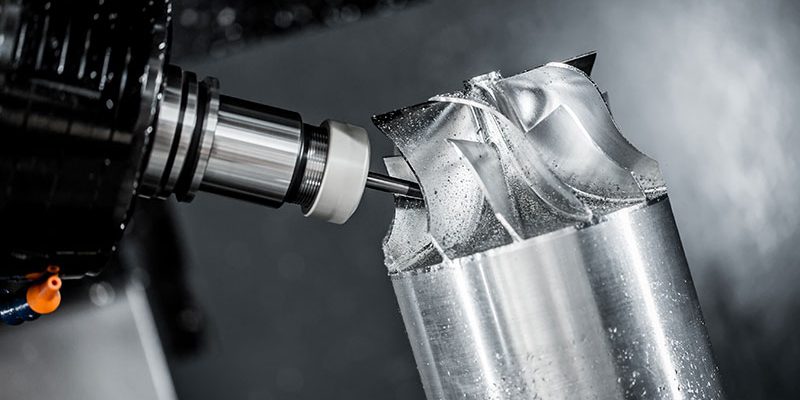The Process of Ultra-precision CNC Machining
The concept of precision CNC machining means that the polishing degree and external dimensions of the processed object meet the precision machining standards. Ultra-precision machining increases the size and polishing degree and presents stricter requirements. With the development of mechanical engineering becoming more and more complex, numerical control technology, product processing accuracy has reached the nanometer level, and the industry generally defines it as numerical control ultra-precision machining. According to the existing CNC ultra-precision machining from the development technology point of view, the minimum operation level is a single atom diameter. In principle, ultra-precision processing can meet all fine processing conditions under the existing industrial requirements. It can not only achieve precise processing of dimensions, but also obtain the surface roughness of the workpiece. It will also be improved in quality.
1 cutting process
Cutting is one of the important factors affecting the accuracy of ultra-precision machining. Workers cut the tool with hard objects such as diamonds to shape the workpiece. Generally speaking, during the cutting process after cutting, the surface roughness of the workpiece can reach tens of nanometers. In the cutting process, the influence of workpiece material on ultra-precision machining is obvious. If the machining material is too hard, it will lead to a large reduction in machining accuracy.
2 grinding process
Grinding refers to the use of related tools, such as grinding wheels, to strengthen the surface of the processed product. The high-performance grinding machine has a good grinding effect and the precision can reach 0.1nm, ensuring that the surface friction of the workpiece is less than 0.05μm. In the grinding process, the mechanical mechanism of the abrasive tool and the index coefficient have a direct impact on the machining accuracy of the processed product.
3 polishing process
Polishing is mainly precision machining through fine grinding machinery. Through physical and chemical methods, the surface of the processed object can be smoothed, the surface roughness of the processed object can be reduced, and even the metamorphic layer on the surface of the workpiece can be completely eliminated.

